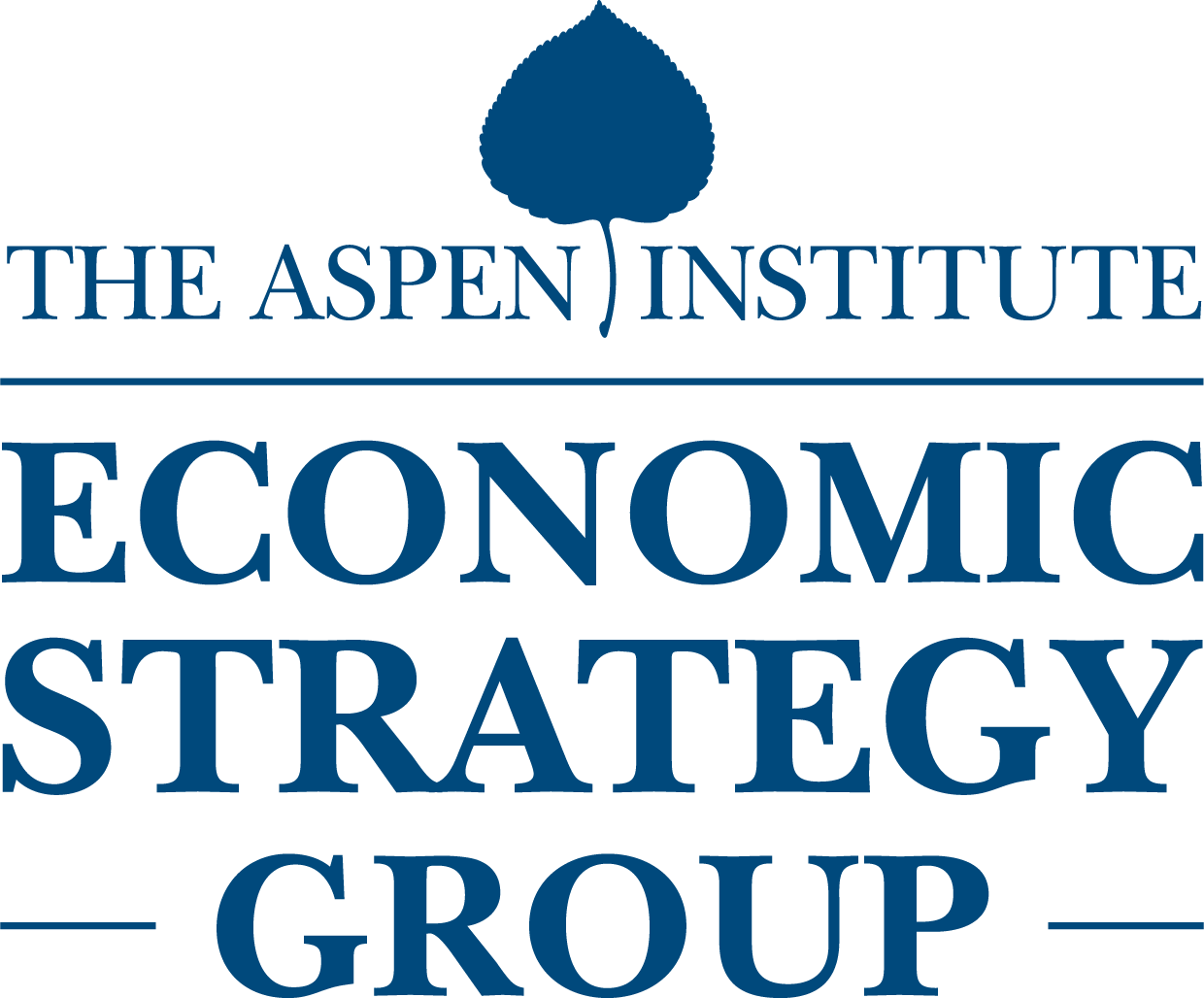It was good news that the economy added 2.5 million jobs last month. But we are still only one-tenth of the way to repairing the massive labor market damage caused by the novel coronavirus. The job growth was bolstered by massive governmental intervention, and most of the fiscal policies are coming to an end. In order to protect families from the worst pain, more will be required — but with the flexibility to respond to changing economic needs.

Washington Post Op-Ed: What a successful economic recovery plan must look like

A successful recovery plan must help businesses revive and resume hiring. It must bolster incomes battered by the pandemic shutdown without creating disincentives to work. And it must support state and local governments in their efforts helping to heal the economy and shield their residents from the worst effects of the downturn. With this in mind, the four of us as members of the Economic Strategy Group and from both political parties are releasing a plan to achieve those goals.
Our plan has four parts: income support for unemployed and underemployed individuals; pandemic employment benefits for low-wage workers; support for small business; and federal funding for state and local governments. We estimate that it would add about 4 percent to gross domestic product over the next year and a half, at its peak adding about 4.5 million jobs to the economy.
With the highest unemployment rate since the Great Depression, maintaining unemployment insurance support is essential both to protect families and support demand. This makes economic sense: Evidence shows that every $1 paid in unemployment insurance adds $1.50 to the economy. But extending the $600 weekly unemployment insurance benefit enacted at the start of the shutdown does not make sense now, when better protections against covid-19 are being put in place and the unemployment rate is coming down. We thus propose phasing down this federal benefit by tying it to the specific economic circumstances of individual states.
We propose that in states with an unemployment rate above about 15 percent, the federal government would provide a weekly benefit equal to 40 percent of wages, capped at $400 a week. This amount would replace about 80 percent to 90 percent of lost wages up to the median wage. The benefit would be scaled down as the unemployment rate fell to 7 percent and then eliminated. Additional weeks of benefits beyond the normal 26 would be set to the same formula.
We also propose encouraging firms to use the short-time compensation plans that are available in 26 states, covering two-thirds of workers. These plans allow firms to avoid having to dismiss some workers while retaining others full time. Instead, they can reduce hours for employees, who then receive pro-rated unemployment insurance. This mechanism should help preserve jobs for when the economy recovers.
In addition, recognizing that these benefits will not reach all those who have suffered income losses, we support a temporary increase in Supplemental Nutrition Assistance Program benefits to help vulnerable families.
Coupled with these supports for the unemployed and low-income households are additional incentives to and rewards for work. The fairest way to create these would be an across-the-board increase that would apply to all lower-wage workers equally in the form of a Pandemic Earned Income Tax Credit that would give those in the labor force additional money. Alternatively, a more targeted approach would limit support to a hiring bonus for newly employed workers.
Finally, this is a critical time to provide help for state and local governments now facing massive revenue shortfalls. Such funding also provides effective bang for the buck, adding at least $1.70 in additional GDP per dollar spent while protecting vital services. We propose a combination of block grants, expanded Medicaid assistance keyed to unemployment rates and financial support for K-12 schools. We also call for three years of federal grant funding to public universities and community colleges, which play a critical role in retraining workers for the changing economy.
The path of the recovery is uncertain, and our plan automatically adjusts based on economic conditions. If the recovery is quick, it would cost less than $1 trillion. With a more prolonged recovery, the cost could be $2 trillion or more. But these costs are designed to cover the needs of the economy and of U.S. citizens for years to come — averaging some $60 billion a month, much below the roughly $500 billion a month expended from April through July. And policymakers weighing this admittedly high price tag must keep in mind: The costs of inaction would be much higher.
This article was originally published in the Washington Post.